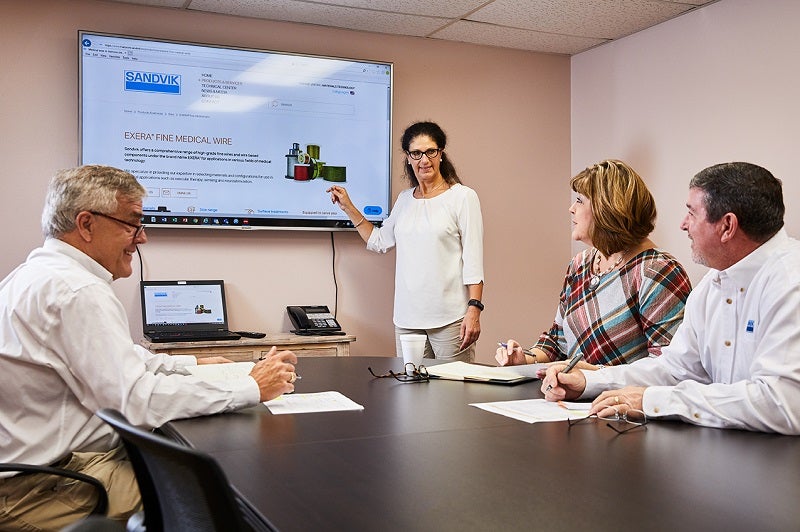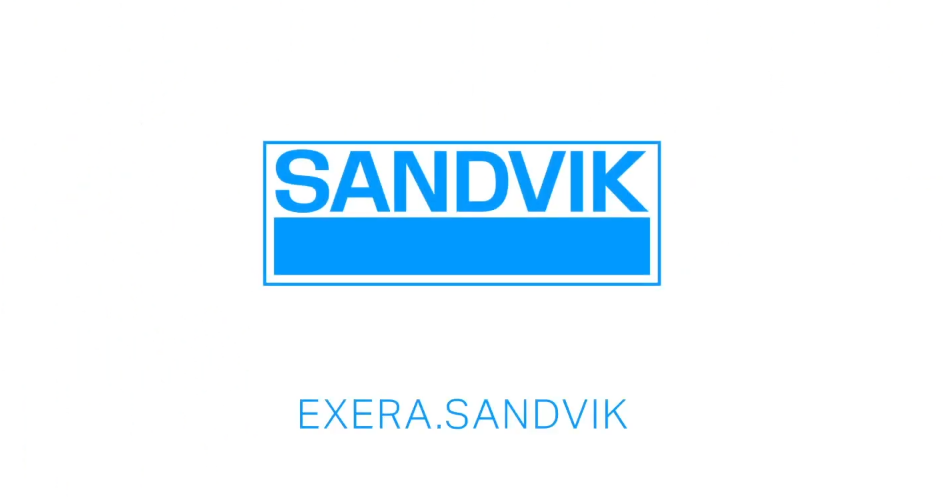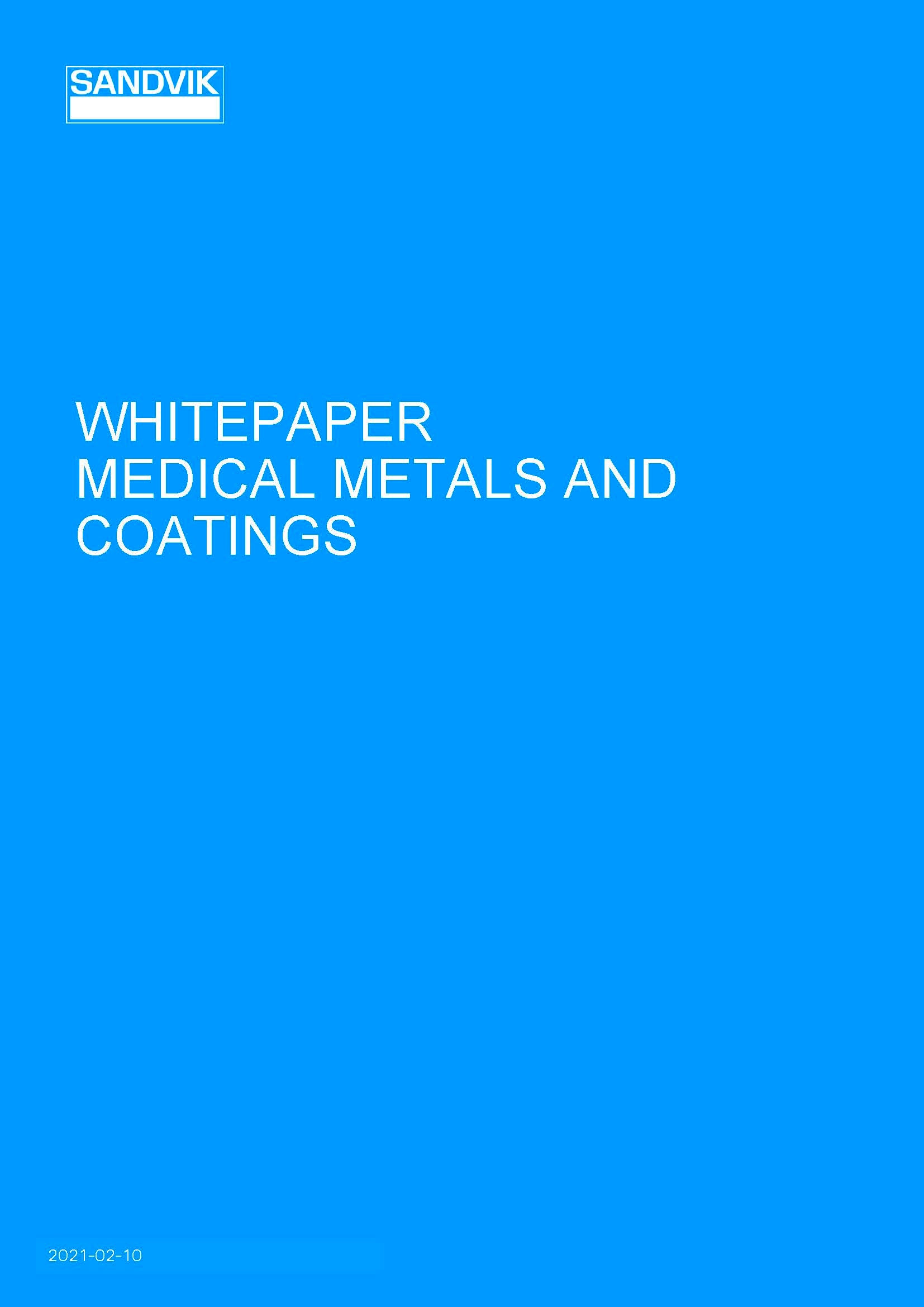
Building on its expertise in steel production that began in 1862, Sandvik forayed into the medical devices field with its high-quality ultra-fine wire spools at the end of the 1990s. In 2016, Sandvik launched its EXERA brand to propel its offerings to the medical industry to fully customised and expertly configured wire components, as well as supporting customers from the design stage.
Medical-device technology spoke with Lena Wiig Boström, marketing communications manager for Sandvik BU Medical, about Sandvik Material Technology’s journey from a steel manufacturer, to a precision wire manufacturer, to where it stands today: a provider of custom-built wire-based components.
“EXERA® products are manufactured under the Sandvik brand, but if you look at the history, the wire business was started within the Kanthal business. Around 90 years ago, Kanthal started to do wire drawing for resistance and conductive wire, and back in 1997 Sandvik bought Kanthal.
“We were mainly manufacturing fine wire that was going into electronic disk drives that were so popular back then, but when smartphones and music streaming became popular, there was not really any need for these devices anymore. However, word had spread that we made really high-quality fine wire and we were contacted by a pacemaker lead manufacturer who asked us to try to manufacture the wire component for that, and the rest is history.
“So we started to manufacturer more of these fine wires, and at the beginning, it was mainly wire we sold on spools before we also progressed to supporting customers with design and started to make more and more advanced configurations. I think a lot of that comes from having such a talented engineering team with a real interest in development and finding new ways of making things.
“When we saw the demand from customers to really get support to make more difficult configurations, and with our teams’ technical skills in building machines, we really saw a future in rising up the development ladder. Today, we have a lot of different process operations that we support customers with and produce tailor-made solutions. For an individual customer, we can support them to set up an automated process for the operations that are typical for their product.
“When it comes to metallurgy, we have more than 160 years of experience, so we have the knowledge to support customers and make custom alloys. As the medical field matures, there are new demands for different materials. For example, if you look at the effects of the pandemic, the industry took a giant step towards more remote monitoring of people in their homes with medical devices.
“As well as the materials themselves, we have other configurations to consider, and coatings are one of our key strengths. Wire components need a variety of coatings, an example of this is so that cables with multiple wires do not disturb each other or to add lubricity so that it’s easy to insert into the body and is biocompatible. Our design engineers have developed coating methods that really give high-quality surfaces that are even and consistent.”
EXERA® wire-based components are custom made to transmit, sense or stimulate within the human body. With a materials list of more than 200 alloys, as well as a range of coatings and another surface treatment, EXERA® components are used for a variety of applications, such as vascular therapy, biosensing and neurostimulation. They have been used in a range of medical devices, including cochlear implants, pacemaker leads, continuous glucose monitors, catheters and guidewires.
For more information about Sandvik Materials Technology and the EXERA® brand or to contact them about forming a development partnership, visit their website.



